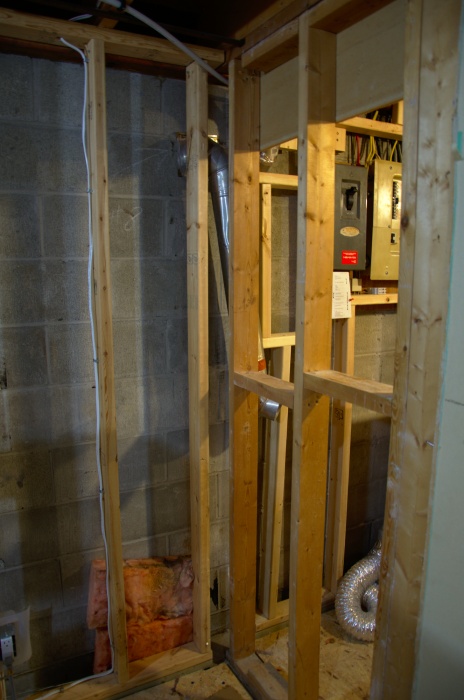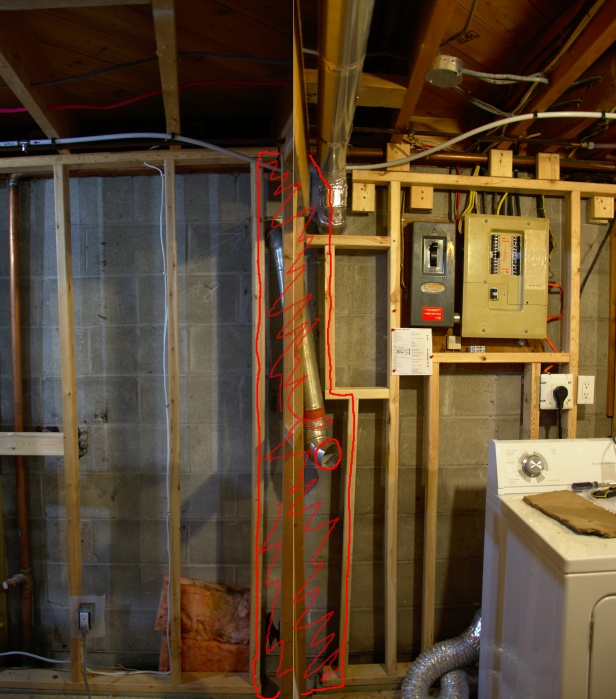What is the best way to air seal the dryer vent, I am insulating my basement and using mostly roxul and will be spray foaming the areas where vapour barrier will be hard to do, such as rim joists. Can I spray foam the dryer vent? Seems like that could be a fire hazard right, or would it be fine? From a quick google search it seems that it would be fine but just want a second opinion. I suppose taping up the plastic to it is also out of the question as the heat will just make the tape come loose. How is this normally done?
There's a wall that goes right against part of the vent, it's an odd setup, I'll probably be opening up part of that wall and rebuilding so that my vapour barrier can continue to the other side. Here are pics of both sides:


I might also omit this area for now as it will be more involved, but wondering how air sealing/insulating around dryer vent is typically done as even with a normal setup, you need some way to air seal that general area. Maybe just a metal plate, by the time it reaches the vapour barrier it would be cool enough as it acts as a heat sink?
There's a wall that goes right against part of the vent, it's an odd setup, I'll probably be opening up part of that wall and rebuilding so that my vapour barrier can continue to the other side. Here are pics of both sides:


I might also omit this area for now as it will be more involved, but wondering how air sealing/insulating around dryer vent is typically done as even with a normal setup, you need some way to air seal that general area. Maybe just a metal plate, by the time it reaches the vapour barrier it would be cool enough as it acts as a heat sink?








